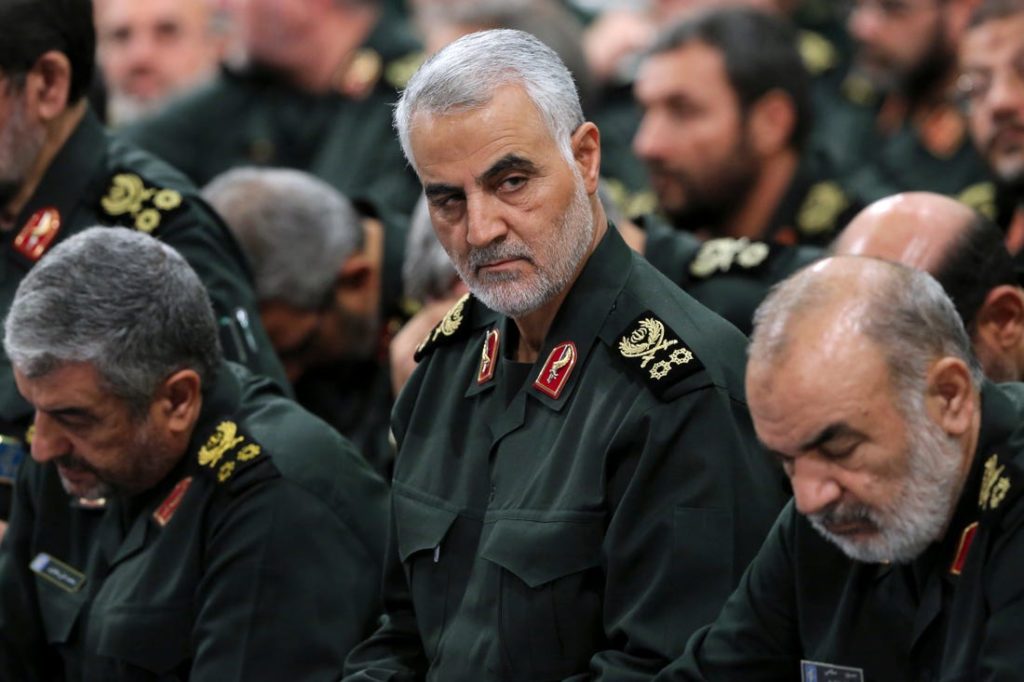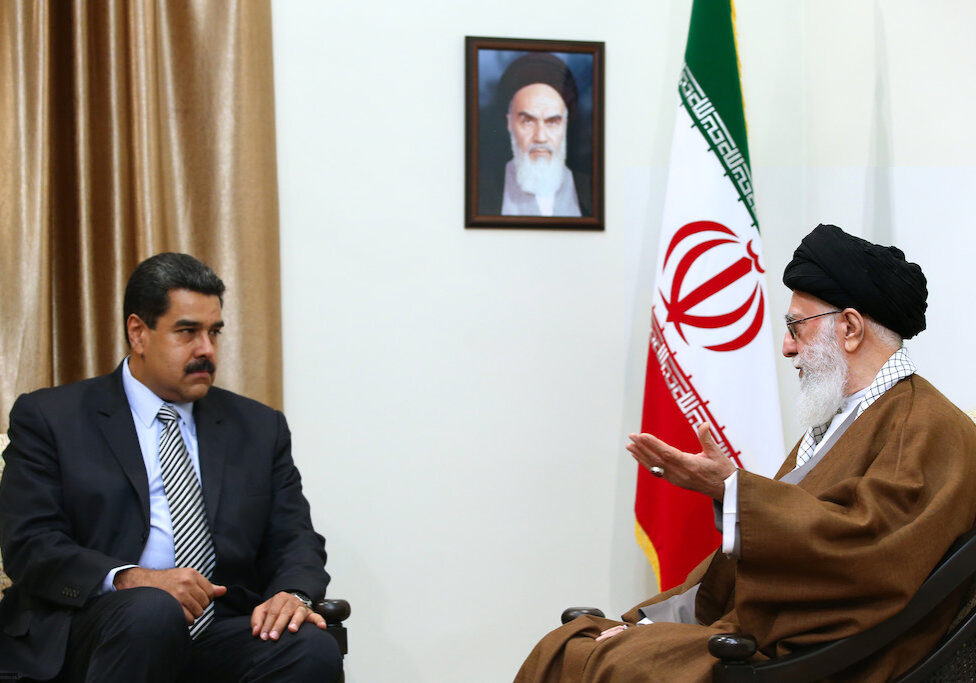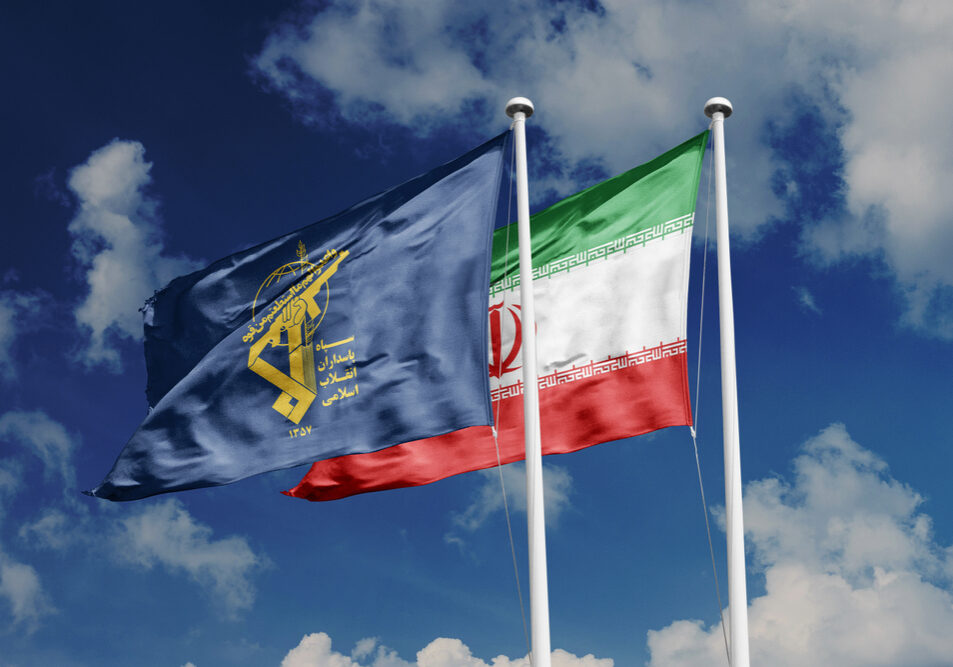Australia/Israel Review, Featured
Power Projector
Dec 22, 2019 | Yaakov Lappin

The man behind Iran’s Mideast empire
Hardly a week goes by without mention of the notorious commander of Iran’s overseas elite Quds Force, Major Gen. Qassem Soleimani. Most recently, he has been linked with the brutal and deadly repression of protests in Iraq – demonstrations that have threatened the stability of the pro-Iranian government in Baghdad.
Born in 1957 in a southeastern Iranian village to a poor family, Soleimani initially worked in construction to help his father pay off a debt, according to a profile released by the Tel Aviv-based Meir Amit Intelligence and Terrorism Information Centre. He became involved in revolutionary activities against the regime of the Iranian Shah in 1976. Soleimani joined Iran’s Islamic Revolutionary Guards Corps (IRGC) in 1979, just as the Corps set up regional command in the city of Kerman, where he had been living.
Despite lacking any military experience, his charismatic personality opened doors, and Soleimani quickly received command roles. His first duties included repressing Kurdish separatists in western Iran. After the outbreak of the Iran-Iraq War, he was sent to the southern front against Iraq in 1981 and rose through the ranks, becoming a division commander by the end of the war in 1988.
He returned to Kerman as a division commander to repress a local rebellion launched by Sunni Baloch separatists – a mission he accomplished successfully, though with many casualties. In 1998, Iranian Supreme Leader Ali Khamenei appointed him to lead the Quds Force, replacing Ahmed Vahidi, who played a key role in the 1994 attack on the Jewish community AMIA center in Buenos Aires, which killed 85 people and injured more than 300. Vahidi was linked to the 1996 bombing of the Khobar Towers in Saudi Arabia, which killed 19 American soldiers and injured some 500 people, according to the Meir Amit Centre’s report.
In subsequent years, the Quds Force – a part of the IRGC – developed dramatically, as its scope of operations across the Middle East grew exponentially. Soleimani’s standing grew together with the power of his covert unit.
In the past 16 years, the Quds Force has taken advantage of the collapse of Middle Eastern states, the US invasion of Iraq, and civil wars that raged in Yemen and Syria to build proxy Iranian forces throughout the entire region. Iran uses these forces to threaten and attack Sunni-Arab states and Israel, and to pursue its goal of becoming a hegemonic power.
In Lebanon, the Quds Force stood up the strongest non-state force in the world: Hezbollah. Hezbollah’s arsenal of some 130,000 rockets and missile is pointed directly at Israeli cities and strategic sites. It has more firepower than most NATO armies.
‘The full picture comes together’
“Soleimani leads Iran’s foreign policy in the Middle East,” Doron Itzchakov, an Iran specialist from the Begin-Sadat Centre for Strategic Studies, told JNS. “His status is no less than that of Iran’s Foreign Minister Javad Zarif.”
Soleimani leads Iranian activity in every location that the regime labels as being important to its “strategic depth,” including Iraq, Syria, Lebanon and Yemen, said Itzchakov. “He is certainly beyond being a military leader. His political involvement is very strong.”
Because of the unusual structure of the Iranian state (it doesn’t resemble any Western governmental structure), Soleimani’s role cannot be described using Western terminology, said Itzchakov. “Although he’s not the commander of the IRGC, he’s stronger than the new IRGC commander, Major General Hossein Salami, even though they both have the same rank.”
The Iranian regime first set out to spread its principles and ideology around the region, and later turned this vision into what it dubs “the resistance axis,” which includes the Palestinian Islamic Jihad terror faction in Gaza. “This then turned into ‘strategic depth.’ On all of these matters, Soleimani has the upper hand – more than any other person in the Iranian political and military arena,” said Itzchakov.
With the Iranian Foreign Ministry responsible for dealing with Europe, Soleimani runs Iran’s activities in the Middle East, according to an “unwritten but clear arrangement,” he stated.
In the Middle East, Soleimani has been hard at work creating a multi-national army, which Itzchakov described as being his most significant project. Soleimani’s army is made up of a network of pro-Iranian, largely Shi’ite militias, such as Ansar Allah in Yemen, the Popular Mobilisation Front in Iraq, Hezbollah in Lebanon and an assortment of militia forces in Syria.
“He outlines the doctrine of that army. He connects it to the objectives of Iran and the IRGC,” said Itzchakov.
Within Iran, the IRGC’s objectives do not always match up with those of the Iranian President Hassan Rouhani and his reformist camp, but that has not stopped the IRGC from having final say on a wide array of issues, including military-security, economic affairs and Iran’s role in the Middle East.
While Soleimani is key to Iran’s power projection, he draws that power directly from the Supreme Leader, stressed Itzchakov. “This helps shed light on how Iran sees itself in regards to Israel. The Supreme Leader gives the IRGC legitimacy, and they, in turn, act as his supporting pillar. When one sees where the central power of Soleimani comes from – the Supreme Leader – and one analyses Khamenei’s statements about destroying Israel, the full picture comes together.”
According to this picture, Soleimani draws his status and authority from Khamenei’s ideology, which he then translates into steps on the ground. “The overall picture is that Soleimani draws lots of power from the Supreme Leader, who supports his operations outside of Iran’s borders.”
And those operations only seem to be growing. The Quds Force was formed in 1990 for the stated mission of “exporting” the Iranian revolution abroad, and it has since morphed into Iran’s premier terrorism elite force.
A prestigious overseas terrorism force
It has been behind a series of attacks on US assets, Israel and pro-Western Arab states, employing proxy war to achieve its objectives, in order to cover Iran’s tracks and hide its direct involvement.
According to the Meir Amit Centre, the Quds Force includes a series of department headquarters, special command centres and regional administrations divided according to geographic locations.
“The Force receives much prestige within the Iranian leadership, has access to many resources and influences the Iranian security-strategic decision-making, including on sensitive foreign issues that touch on Iran’s activities in Iran, Iraq, Syria, Lebanon, Afghanistan and the Gaza Strip,” the Centre said in a report.
In 2007, the US Treasury designated the Quds Force as a terrorist entity. In 2011, Washington sanctioned five Iranians, including Soleimani, from the Quds Force who had been linked to a plot to assassinate the Saudi Ambassador to the United States. This year, the United States decided to designate the whole of the IRGC as a foreign terrorist organisation.
“He does indeed receive the support of the Supreme Leader, and in recent years, he has gotten popular support, too,” Col. (ret.) Reuven Erlich, head of the Meir Amit Centre, told JNS. “He is actually consolidating his power by broadening Iranian influence, conducting subterfuge, terrorism and activating various proxies.”
‘The long arm of the Iranian regime for subterfuge’
Erlich described Soleimani as being “highly efficient and active. The scope of his activities stretches from the Lebanese Mediterranean coastline to Yemen. He has a wide sphere of activity, which he navigates well. He is the long arm of the Iranian regime for subterfuge in the Middle East.”
At the same time, Soleimani’s project is being targeted by the very same states it is designed to attack: Sunni Arab powers and Israel.
In just the past two years, Israel has launched hundreds of strikes on Iranian sites in Syria, including weapons factories, missile shipments and terror squads. This has prevented the Quds Force from achieving most of its vision of building a second Hezbollah in Syria.
“When one conducts war via proxy, and builds outposts in all sorts of areas, it stirs up antibodies,” said Erlich. “We are seeing these antibodies being released by Israel, Saudi Arabia and internal Iranian elements. Soleimani’s project is big, and it has had its successes, but it also absorbed blows from time to time. It’s not a black or white situation.”
While Soleimani is likely satisfied with the results of his dark project thus far, he seeks to go much further, argued Erlich. “He has stood up many proxies that he can now activate,” he added.
Out of all of them, Hezbollah is the most efficient and most widely consolidated.
Said Erlich: “Hezbollah has to be maintained with weapons and money, but not more than that. In other states, Soleimani’s proxies are encountering antibodies that constantly need treatment.”






